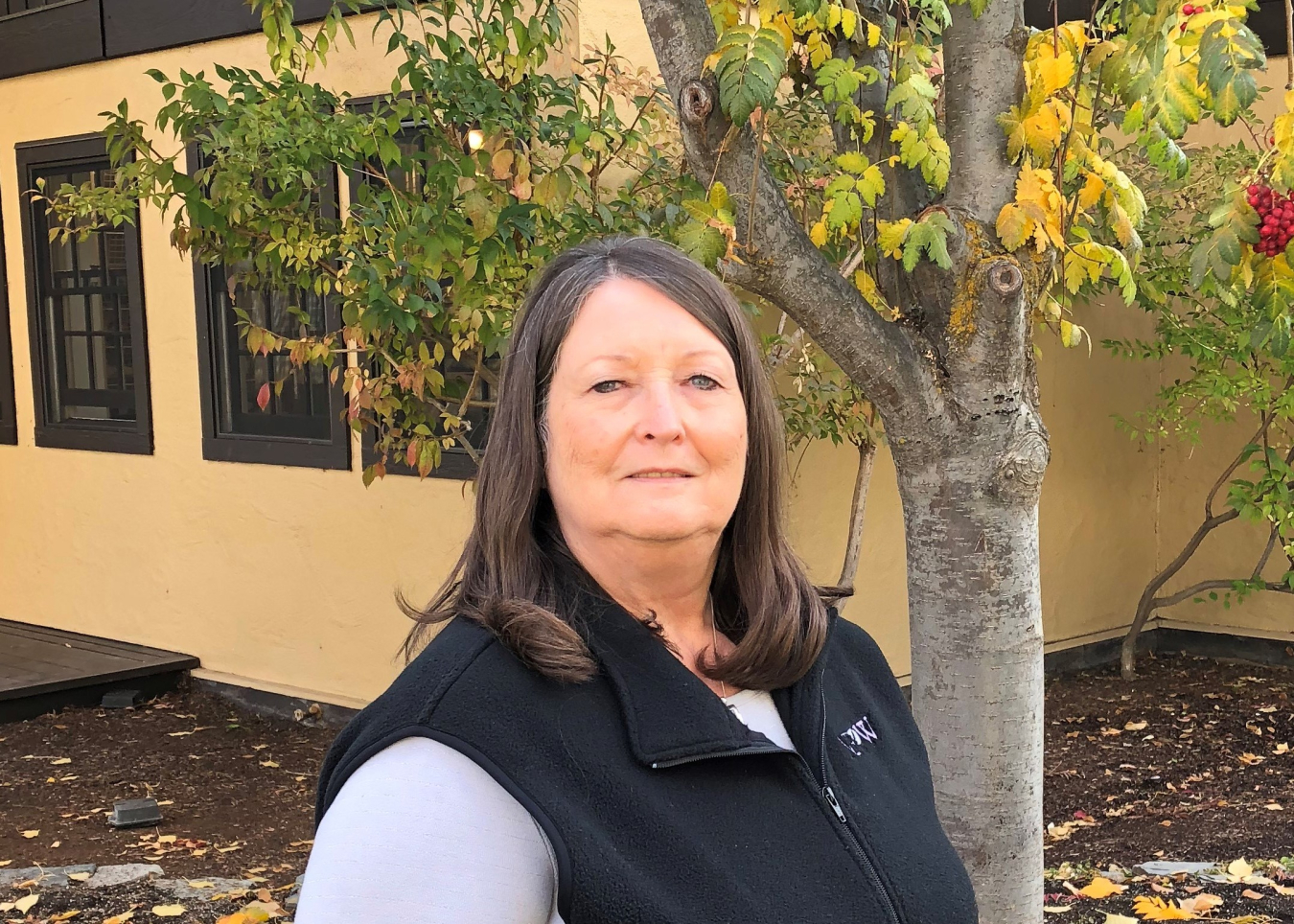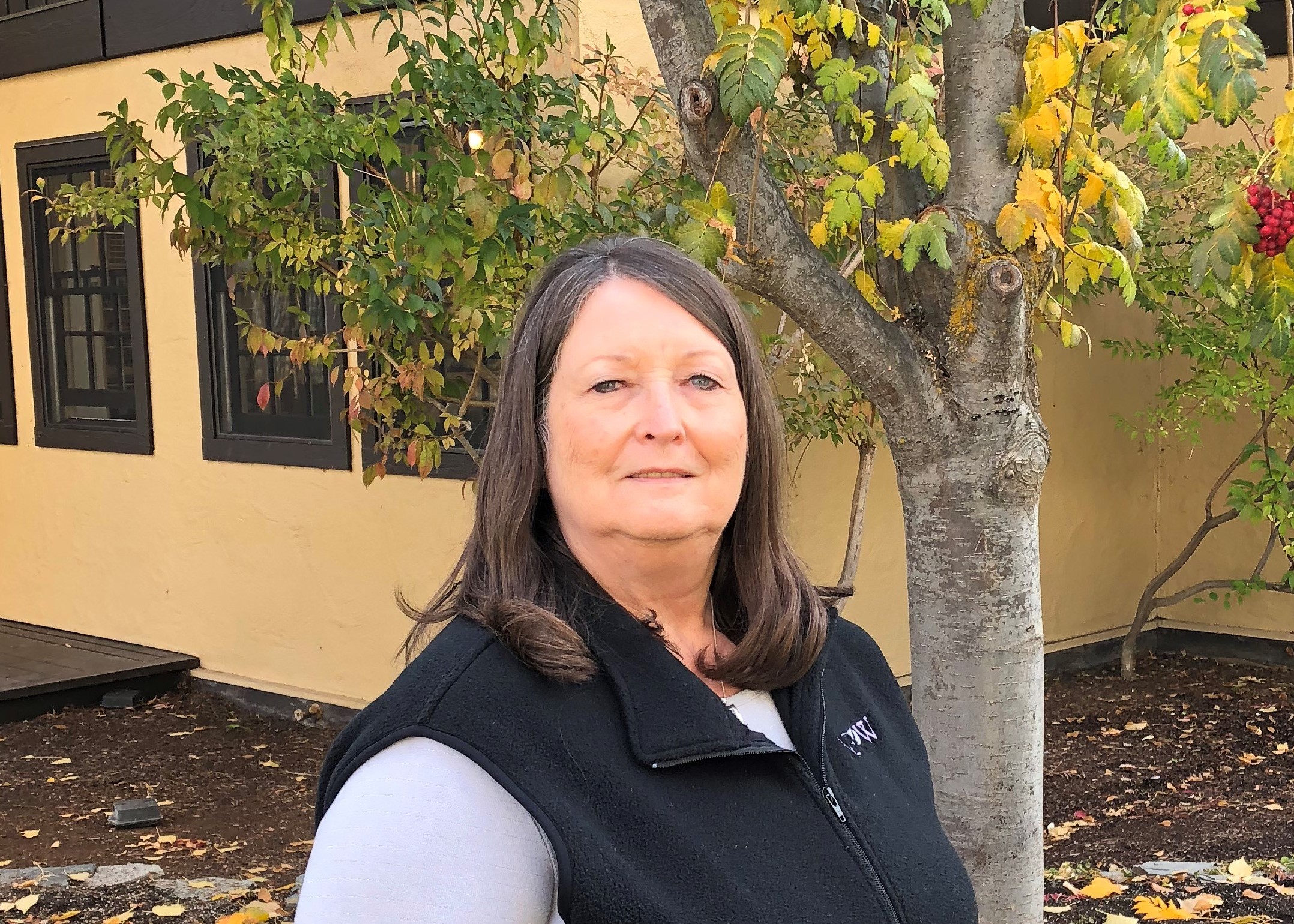Teri Ehresman, CAB member, provides a brief history of DOE/Jackson, WY interactions in this informative post.
Idaho Cleanup Project Citizens Advisory Board
October 17, 2019When the ICP CAB meets in the Jackson, Wyoming area next week, it will be focusing on accomplishments that started 20 years ago when DOE was looking at options to get nuclear waste out of Idaho.
The Oct. 24 meeting at Teton Mountain Lodge in Teton Village, will hear an update of the closure of the Advanced Mixed Waste Treatment Plant (AMWTP) and the future of the transuranic waste program at the ICP site west of Idaho Falls.
In 1999, when British Nuclear Fuels LTD, was the contractor for the Idaho DOE project, Jackson Hole residents took exception to a plan to incinerate transuranic nuclear waste at the AMWTP, which was going to be constructed at what was then called the Idaho National Engineering and Environmental Laboratory. Jackson area citizens collected donations, formed a non-profit group called Keep Yellowstone Nuclear Free and teamed with the Environmental Defense Institute of Troy, Idaho, to fight the incinerator and the plan to burn the nuclear waste.
The groups sued DOE and on Jan. 9, 2001, Energy Secretary Bill Richardson announced a settlement of the suit and said the government would attempt to find alternatives to incinerating transuranic waste at the Idaho facility. Area residents feared burning the waste at the southeast Idaho facility would pollute the air around Jackson and Yellowstone National Park.
"There are currently no alternatives to incineration, but we need to begin to investigate them," Richardson was quoted back then by the Associated Press. Most the waste was created during nuclear weapons production at the Rocky Flats plant outside Denver. It includes clothing and equipment, solid sludge, and other material contaminated with plutonium and other radioactive and hazardous material.
Several alternative options were considered and beginning in 2003, AMWTP began using both conventional and unique retrieval concepts, high-tech characterization equipment - including real-time radiography and radioassay - robotics, and automated treatment processes to retrieve, treat, and ship above-ground CH-TRU and low-level wastes from an inventory of 65,000 cubic meters.
Instead of incineration, one option the program has relied on is the Supercompactor, a giant hydraulic ram capable of exerting 4 million pounds of force that can reduce a 35-inch-tall, 55-gallon barrel to a five-inch puck. This process has saved more than 6,000 truck shipments that would have been required to send the waste to WIPP. Furthermore, supercompaction has led to more efficient and effective use of available disposal space at WIPP.
Last month, crews safely and compliantly sent the 500th shipment of transuranic waste from Idaho to WIPP since the disposal facility reopened and resumed receiving waste in April 2017. The AMWTP is treating the last bit of debris waste and the treatment facility is scheduled for completion and closure this month.
Following the uproar over the incineration issue, officials managing the Idaho facility for DOE started reaching out to regional communities on a more consistent basis. For several years, Lorie Cahn, a Jackson resident working on technical cleanup issues at Idaho National Laboratory (INL), worked as a liaison with the community in an office located in Jackson. Tours and informational meetings were held to continue an open discussion with the community.
DOE installed an air sampler in Jackson in 2001 in response to stakeholder concerns over the potential impacts to air quality from INL site operations. The sampler originally was installed on the roof of the Teton County Administration Building, where it was operated until 2007, when it was relocated to the roof of the Jackson Hole Fire Department. It was moved again to its current location on Teton County property at the juncture of Gregory Lane and High School Road, where it was moved in 2016 along with four samplers operated by the State of Wyoming Department of Environmental Quality.
The sampler operates continuously and samples are collected weekly. Samples are analyzed for gross and specific radionuclide concentrations, and results are reported annually to the Teton County Board of Commissioners and in the INL Annual Site Environmental Report. The sampler is part of the INL Site monitoring network consisting of 37 air samplers located on and around the INL Site in southeast Idaho.
Jackson area residents are encouraged to contact Brad Bugger, DOE-ID, (208) 526-0833, buggerbp@id.doe.gov, for information on INL cleanup, or the INL Public Affairs office at (866) 495-7440 for information and updates on activities at the laboratory.
The ICP CAB is looking for new board members. Members are appointed by DOE and serve in an advisory capacity. CAB members receive no compensation. Expertise in cleanup, or Idaho Site cleanup specifically, is not required for membership. The ICP CAB seeks members with an interest in Idaho Site cleanup and a willingness to commit time to provide their perspective. The ICP CAB meets quarterly, and all meetings are open to the public. Here is a link for anyone interested in applying for appointment to the board.
The Oct. 24 meeting will begin at 8 a.m. at Teton Mountain Lodge. Agenda items include: ICP overview, IWTU update, AMWTP closure and status on transuranic waste program, SDA cap design complete, recent public outreach, discussion of calcine subcommittee future work and board perspectives on the National Cleanup Workshop. The meeting is open to the public and there are two public comment periods scheduled, at 9:45 a.m. and 2:45 p.m. Those wishing to comment can sign up at the meeting.
Teri Ehresman
Ms. Ehresman retired from a career in communications and public affairs in 2015. Prior to working for the Idaho National Laboratory for 25 years, she worked for 14 years as a reporter and editor at the Idaho Falls Post Register. She holds a Bachelor of Arts degree in Communications/Journalism from Brigham Young University in Provo, Utah. She has volunteered for the National Federation of Press Women and the Idaho National Laboratory Employees Association. Ms. Ehresman is interested in educational and environmental issues and resides in Island Park, Idaho.



